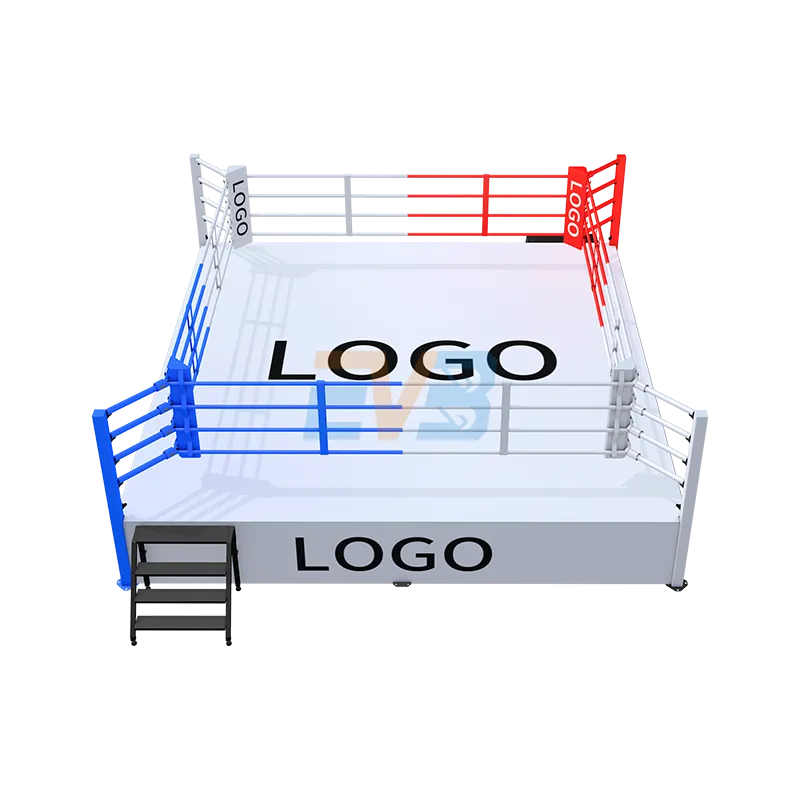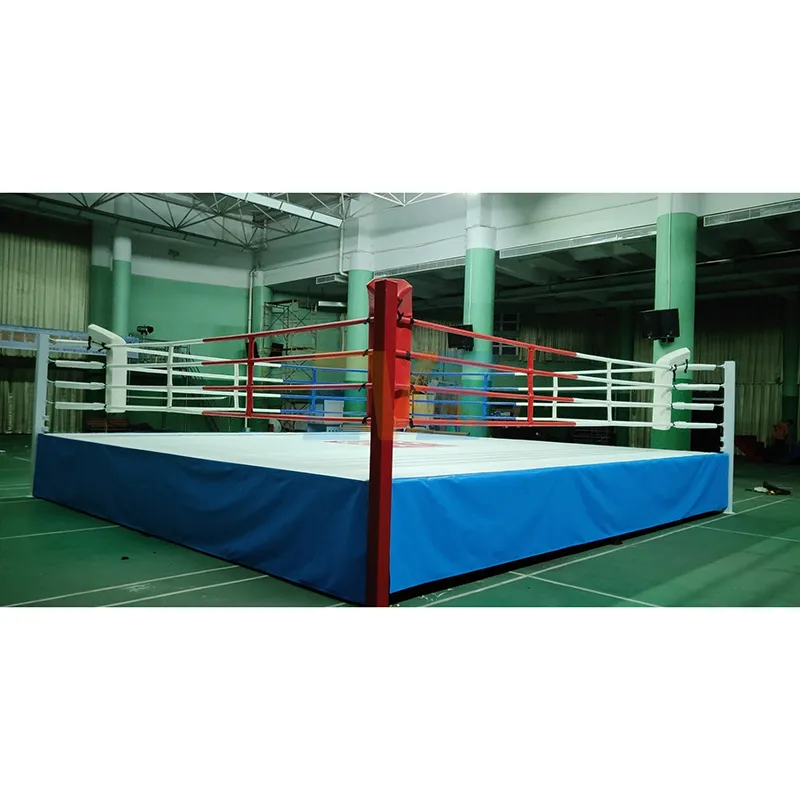A boxing ring used in professional and Olympic boxing matches typically has a square shape. Its size can vary slightly depending on the organization and level of competition, but there are general standards.

Boxing Ring Dimensions:
For professional boxing matches, the standard ring size is usually between 16 and 20 feet (4.9 to 6.1 meters) on each side, measured within the ropes. However, some smaller venues may have rings as small as 14 feet, while larger venues might accommodate rings up to 24 feet.
AIBA:n standardit:
In Olympic boxing, the dimensions of the ring are specified by the International Boxing Association (AIBA). According to AIBA regulations, the boxing ring for Olympic competitions must measure 6.10 meters (approximately 20 feet) on each side within the ropes. This standardization ensures consistency across Olympic venues.
The size of the nyrkkeilykehä is crucial for the safety and fairness of the competition. It provides enough space for boxers to move around and engage in the sport while also ensuring that there is ample room for referees, judges, and other officials to oversee the match.

AIBAn rooli
AIBA stands for the International Boxing Association, known in French as Association Internationale de Boxe Amateur. It is the worldwide governing body for the sport of amateur boxing, including Olympic boxing. AIBA was founded in 1946 and is responsible for organizing various international competitions, establishing rules and regulations for amateur boxing, and overseeing the development of the sport at the grassroots level.
AIBA sets the standards for boxing equipment, including the specifications for boxing rings used in Olympic and amateur competitions. The organization also plays a significant role in the promotion and governance of women’s boxing and works to maintain the integrity and fairness of the sport through anti-doping measures and ethical guidelines.
While historically focused on amateur boxing, AIBA has made efforts to expand its scope to include professional boxing as well. However, it has faced controversies and challenges in recent years, including issues related to governance, financial management, and disputes with the International Olympic Committee (IOC) regarding governance and integrity concerns.
